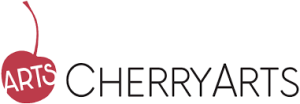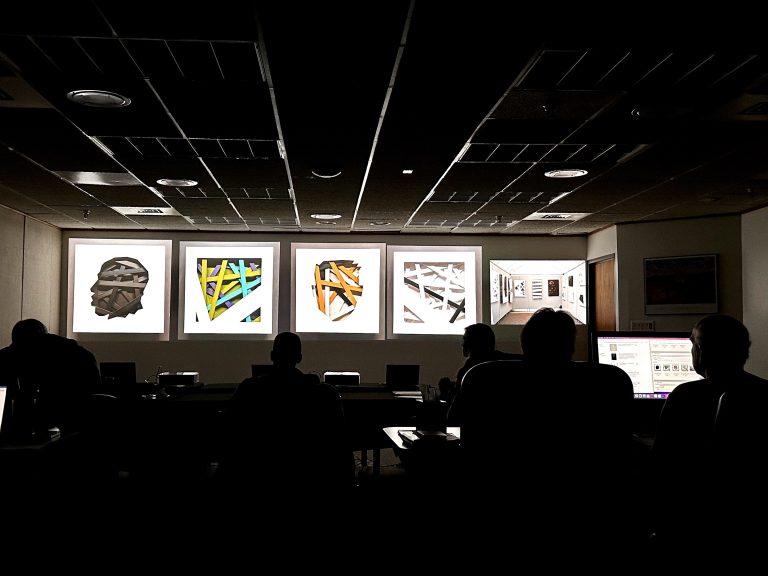As ZAPP celebrates its 20th anniversary this year, we are taking a moment to reflect on how application management and jurying processes have evolved. In 2004, ZAPP offered an alternative to slide projectors, in which artwork images could be digitally collected and projected in front of jurors. Soon after the adoption of ZAPP across the art fair and festival industry, the monitor version of the scorecard became popular as it allowed jurors to view applications online and score asynchronously. Now, as both methods are used by art festivals small and large, the need for flexibility is paired with the need for a standard method of viewing the artwork in the best possible way. Perhaps a hybrid approach is next.

Cherry Creek Arts Festival: An Example of a Hybrid Jury
In early January, we had the opportunity to sit in on the jury process for the Cherry Creek Arts Festival and learned how they shifted to a hybrid approach. CherryArts invited five jurors: two invited, jury-exempt artists and three art professionals. In the first round, the jurors reviewed and scored the applications individually on their own devices using ZAPP’s Monitor scorecard. In the second and subsequent rounds, they met in person and reviewed the applications while each artist’s images were projected on the wall simultaneously.
Finding Flexibility with the Monitor Scorecard
During the first round, CherryArts jurors used the monitor scorecard in ZAPP, which is designed for images to be viewed on a computer where images could be zoomed in on to view intricate artwork details. Jurors entered their scores for each application and added comments if desired. This format allowed jurors to spend as much time as they wanted looking at the artwork and reviewing the application. “I know jurors liked scoring the first round at their own pace, and [they liked] the ability to review each application and revisit as needed,” said Amy Curlee, visual arts director of CherryArts. “The downside is it does take a lot of time to review and score.” While the jurors recounted spending many hours reviewing applications, each had their method for the number of sittings and amount of time spent scoring per sitting, a flexibility afforded by the monitor jury method.
Going into Detail with the Projection Scorecard
After the first round was complete, CherryArts prepared the qualifying applications for the second round of jurying, which took place in person in Denver, CO. All five jurors convened over two days to discuss, score, and narrow the applications down to the final group of artists invited to participate in the event. During this time, CherryArts used ZAPP’s JuryBuddy™ software to project each of the artists’ images, along with the booth shot, onto a blank, white wall. Separated by medium category, each round began with a preview of the artwork to the jurors, projecting each set of images for about three seconds. Then, the applications were displayed a second time when jurors would vote on whether to send it to the next round. Oftentimes, the jurors would stop and discuss the artwork before voting. The process continued for each category, and following a final review round, they made their final selections.

Unlike the monitor format, the projected jury lends itself to fruitful discussion amongst jurors and offers a standardized view of all of the images. “We believe the projected jury is the best method for scoring and jurying applications for artists,” said Curlee. “Especially in terms of viewing the high-resolution images and the valuable discussions that arise from having jurors together.” By using the projected jury method, the show has the ability to configure projectors and even control external factors such as the amount of lighting in the room, and therefore have more control over a consistent display of images.
Benefitting from a Hybrid Jury Method
In essence, combining the projected and monitor jury formats can create a “best of both worlds” scenario. Had CherryArts’ jurors not reviewed the applications ahead of time, the in-person discussions might have taken a lot longer, and the jurors may not have been able to spend as much time reviewing the applications as they desired. On the other hand, if the jurors exclusively scored from home, they would not have had the opportunity to see the projected images displayed all at once or discuss their opinions with one another. Overall, this hybrid approach to jurying enabled CherryArts to shorten the juror’s time spent away from their homes and full-time jobs, while staying true to a standardized and fair jury process for the artists who apply.

